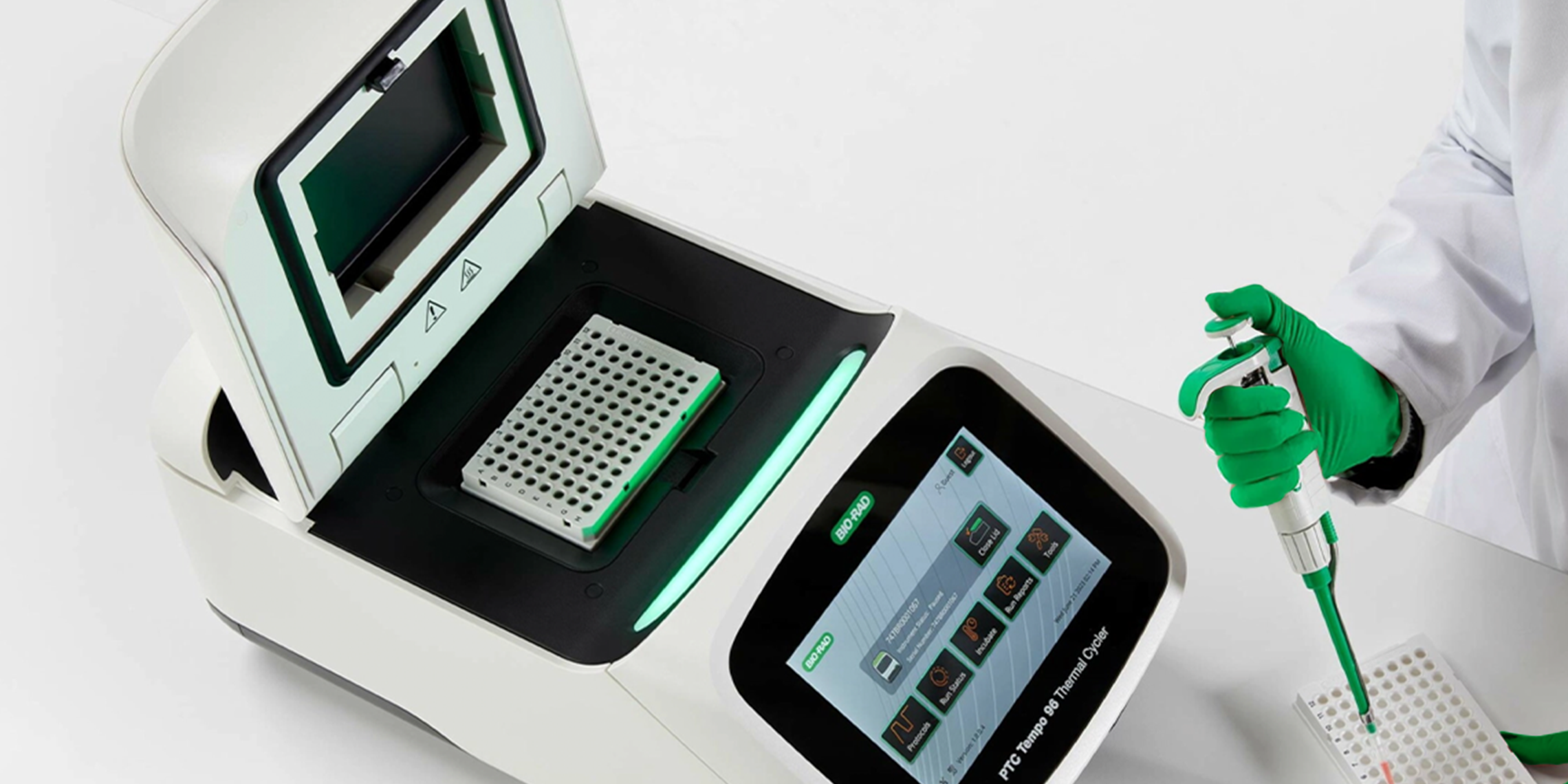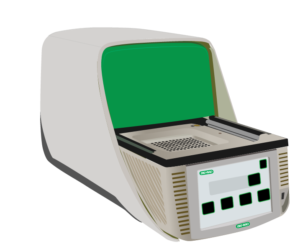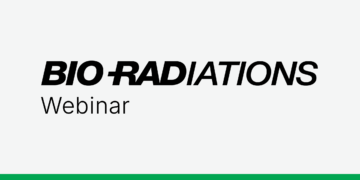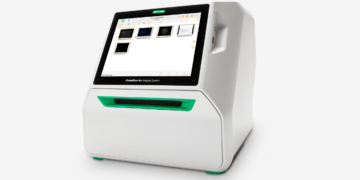Labs face a growing compliance burden and increased uncertainty due to new regulations surrounding laboratory-developed tests (LDTs). The U.S. Food and Drug Administration (FDA)’s final rule and U.S. Supreme Court’s recent decision to overturn the Chevron doctrine are creating a complex regulatory environment that challenges the ability of public health labs to rapidly respond to emerging pathogens. This article explores the implications of these changes, the strain they place on the public health infrastructure, and how strategic partnerships and innovative technologies are key to maintaining rapid response capabilities and safeguarding public health.
Public health laboratories often rely on LDTs to fill gaps when commercial, FDA-cleared alternatives are unavailable, such as during the emergence of novel respiratory viruses or antimicrobial-resistant bacteria.
LDTs are defined by the FDA as in vitro diagnostic products (IVDs) that are intended for clinical use. LDTs are designed, manufactured, and used within a single clinical laboratory that is certified under the Clinical Laboratory Improvement Amendments (CLIA) of 1988 and meets the regulatory requirements under CLIA to perform high-complexity testing. Importantly, these assays must be designed, made, and used in a single facility.
While public health labs may create and run LDTs, recent regulatory changes surrounding these tests could require additional validation before they can be used, delaying critical public health measures. This is particularly concerning for diseases such as influenza as well as COVID-19 variants or emerging drug-resistant pathogens, which require a rapid response. Stricter LDT regulations can also strain public health labs already operating with limited resources. Furthermore, increased compliance obligations may divert funding, staff, and expertise away from essential test development and disease surveillance.
Indeed, the FDA’s new rule imposes stricter requirements on LDTs, including adverse event reporting, test registration, and premarket review for high-risk tests. However, the Supreme Court’s repeal of the Chevron doctrine weakens the FDA’s authority to regulate LDTs, inviting legal challenges and increasing compliance uncertainty for public health labs, which now lack a clear precedent. This could delay test development, especially during emergencies, a time when regulatory constraints might limit modifications and reduce flexibility for rapid deployment of specialized diagnostics.
Additionally, with more restrictions, labs may have to rely on commercial test manufacturers for diagnostic solutions, introducing delays in availability and potentially higher costs. Although there may be exemptions, such as emergency use authorizations, which allow LDTs to be deployed quickly in crisis situations, reliance on emergency pathways can lead to a lack of clarity. Without the ability to develop rapid-response LDTs, surveillance for emerging infectious diseases might be hindered, slowing outbreak detection and response efforts.
How Public Health Labs Are Managing These Regulatory Challenges
Public health labs are actively adapting to evolving regulations in areas such as respiratory virus detection and antimicrobial resistance testing. For example, New Jersey Public Health and Environmental Laboratories collaborate with the state’s Communicable Disease Service to monitor influenza and other respiratory viruses, ensuring compliance with health regulations and enhancing outbreak response. In addition, Association of Public Health Laboratories supports public health labs by assessing their capabilities, providing training, and facilitating collaboration with clinical labs. The U.S. Centers for Disease Control and Prevention (CDC) also offers antimicrobial susceptibility testing to determine the effectiveness of antibiotics against specific pathogens, aiding in compliance and treatment strategies.
How Bio-Rad Can Help Public Health Labs Navigate Compliance
Life science vendors such as Bio-Rad support public health labs in navigating regulatory and surveillance challenges by providing advanced diagnostic technologies, quality control solutions, and training resources.
Here are five ways that Bio-Rad’s support can help:
- Reliable testing platforms — Bio-Rad offers quantitative PCR (qPCR), Droplet Digital PCR, and sequencing solutions that enable rapid and accurate detection of pathogens, especially when FDA-cleared tests are unavailable. Bio-Rad’s instruments and reagents support emerging infectious disease surveillance. Furthermore, Bio-Rad’s Droplet Digital PCR (ddPCR) technology enables ultrasensitive pathogen detection without reliance on reference standards, making it an essential tool for emerging infectious disease surveillance.
- Tools for custom assay development — With evolving LDT regulations, Bio-Rad provides advanced tools such as Expert Design Assays and PrimePCR Assay services for highly sensitive and precise quantification in applications like mutation detection and gene expression, allowing public health labs to design and validate their own assays while maintaining compliance. Expert Design Assays utilize ddPCR for superior accuracy, and PrimePCR Assays provide reliable qPCR and ddPCR solutions. Moreover, Bio-Rad’s Assay Design Service allows customers in some regions to work directly with their local Bio-Rad specialist to design assays customized to their unique specifications.
- Quality control and standardization — Bio-Rad provides robust quality controls, proficiency testing, and data management tools to help public health labs maintain regulatory compliance, improving result accuracy and reproducibility across locations. These solutions support labs in ensuring test reliability, monitoring assay performance, and adhering to evolving regulatory standards. By integrating high-quality assays with standardized controls, Bio-Rad enables public health labs to respond swiftly to emerging threats while maintaining compliance and assay precision for surveillance programs.
- Training and technical support — Bio-Rad provides workshops, webinars, courses and hands-on training to help public health lab professionals stay up to date on best practices and evolving regulatory frameworks.
- Collaboration and data analysis tools — With optional cloud-based data management and bioinformatics solutions, Bio-Rad supports surveillance networks in sharing and analyzing public health data effectively, which improves response times during outbreaks. In addition, Bio-Rad offers tools such as Security Edition Software for PTC Tempo that can help support 21 CFR Part 11 compliance. Features include user authentication as well as specific user roles and permissions to manage protocols, protocol locking to ensure use of approved protocols only, audit trails, electronic signatures, and the ability to provide signed run reports for audit purposes. These software options help labs maintain compliance with regulatory requirements and ensure the integrity and security of their data.
New Bio-Rad H5N1 Assays for Avian Influenza Surveillance
The same platforms, tools, and expertise that Bio-Rad provides in support of LDTs can also be used for labs conducting wastewater surveillance and other community monitoring approaches. Surveillance plays a crucial role in public health monitoring by facilitating early detection and tracking of emerging infectious diseases, antimicrobial resistance, and other public health threats. Epidemiological insight allows labs to rapidly refine and validate LDTs based on actual pathogen dynamics and mutation patterns. By integrating surveillance assay data, LDT developers gain a flexible and evidence-driven pathway toward assay design and validation.
Surveillance data enhance LDT development by enabling faster regulatory alignment, improving test accuracy through real-world pathogen insights, and optimizing resource allocation to address the most urgent public health threats. In essence, public health surveillance strengthens LDT pathways by providing a continuous feedback loop to ensure that new assays remain relevant, effective, and compliant with evolving regulatory expectations.
As Bio-Rad Product Manager David Spina notes, substantial funding is available to aid in the surveillance of livestock for infectious disease monitoring. On January 3, 2025, the U.S. Department of Health and Human Services announced plans to award $306M for Avian Flu monitoring and preparedness funding. In 2024, the USDA allocated over $2B towards livestock health and a pilot system to monitor dairy herds.
To support researchers, government agencies, and public health labs responding to the growing need for avian influenza monitoring, Bio-Rad has expanded its catalog of influenza assays with the following two newly developed Expert Design Assays:
- Avian Influenza A Multiplex Assay (assay ID: dEXD52032498) — differentiating among influenza A variants H5, H3, and H1
- HPAI H5N1 Assay (assay ID: dEXD37175676) — specifically designed for detecting highly pathogenic avian influenza (HPAI) H5N1
These new Expert Design Assays complement Bio-Rad’s existing infectious disease portfolio:
- Influenza A/B Triplex Assay (assay ID: dEXD84844642)
- SARS-CoV-2 Influenza Multiplex Assay (assay ID: dEXD76433053)
- 6Plex Wastewater 2 Assay (assay ID: dEXD26108593)
Public health and surveillance labs can access these assays using the links above or by searching the assay IDs on our Digital Assay site.
These and other assays are also available as part of curated lists, including:
Conclusion
While new LDT regulations aim to enhance test reliability, their impact on public health labs remains uncertain. Ensuring flexibility in regulations for public health emergencies and providing additional funding for compliance adaptation will be key to maintaining strong public health surveillance capabilities. Vendors like Bio-Rad play a crucial role in helping public health labs navigate these challenges by providing cutting-edge technologies, regulatory guidance, and strong technical support, ultimately strengthening the overall public health response system.
Further Reading
These are the key resources that have been the basis of new LDT guidelines:
The FDA Group (2024). How to Comply with Stage 1 of FDA’s LDT Final Rule: A Complete Guide. How to Comply with Stage 1 of FDA’s LDT Final Rule: A Complete Guide, accessed March 28, 2025.
The Proficient Lab (2024). Navigating the New FDA LDT Regulations: A Guide for Labs. Navigating the New FDA LDT Regulations: A Guide for Labs – Proficientlab, accessed March 28, 2025.





